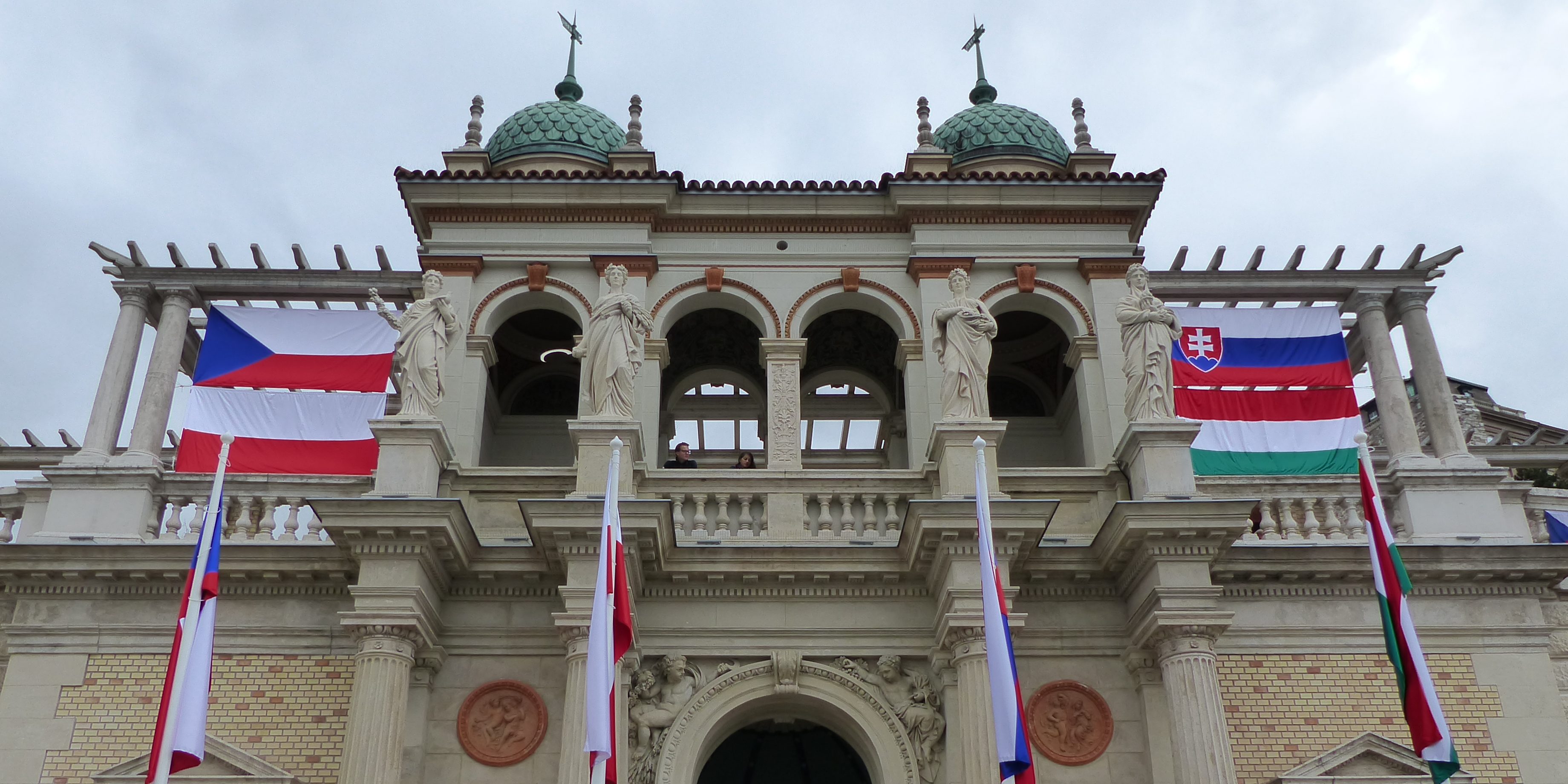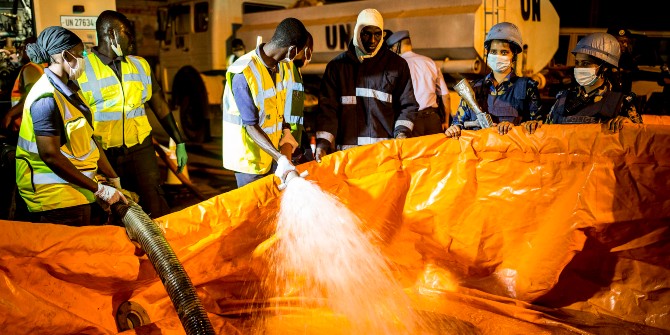The COVID-19 pandemic may actually strengthen Central and Eastern Europe in relative economic terms, and Poland in particular, argue Marek Belka and Piroska Nagy-Mohacsi (LSE). Politicians in the region should not waste this opportunity by turning away from the EU.
Poland, and the region of Central-Eastern Europe (CEE) in general, has managed to contain the COVID-19 pandemic relatively well so far. Similar crises in the past generally tended to accelerate closing the gap between the West and East of Europe – between “us” and “them”, as many still see the post-communist divide in the region. The COVID-19 pandemic may too actually help Poland and the surrounding CEE countries to boost their relative position in Europe, at least in economic terms.
Since the last great upheaval in the world’s economic affairs over a decade ago, Poland has been a clear beneficiary of the changes that ensued after each subsequent crisis. The 2008 Global Financial Crisis brought about a stark recession in Europe’s more advanced economies. Poland weathered the storm, earning for itself the glorious “green island” nickname. The immigration crisis of 2015-16 shook Mediterranean Europe politically and economically, but the spillover into the CEE region was only political – deplorable as it was – and not economic. To the contrary, notwithstanding the anti-immigration rhetoric of the Polish far-right government, in fact it has allowed for a massive inflow of seasonal (and not that seasonal) workers from Ukraine and other emerging economies in the face of emerging labour shortages in Poland. Hungary too has welcomed guest workers while maintaining anti-migrant rhetoric. But migration-related social tensions in Poland are almost nonexistent, while the economic advantage is enormous. The demographic misery of the region (an unprecedently low birthrate compounded by labour emigration) has been, at least temporarily, attenuated. Overall, Central-Eastern Europe, though on the downside of the business cycle, was booming before COVID-19, and GDP growth in 2019 exceeded 4 per cent in Poland, Hungary and some other CEE countries.

The global pandemic hit Europe in March, but the CEE region so far seems to be weathering it better than much of Europe. The number of infections and deaths seems disproportionately lower than in many European countries. It is, however, too early to say why. Maybe it is the way deaths are reported, maybe it is the lower number of tests performed, or maybe the peoples of the region underwent obligatory immunisation in the communist past, which resulted in lower vulnerability to infectious diseases – although a recent CEPR paper by Bluhm and Pinkovskiy seriously questions this hypothesis. Perhaps it is because state institutions in those countries, including healthcare, are stronger than we thought. Other factors that may have played a role are the extra time for response as the virus was spreading from western Europe to the CEE, or lower population density relative to the rest of the EU.
The policy response in Poland, and other CEE countries, has involved a quite strict lockdown around mid-March and introduction of discretionary fiscal measures both on the revenue side (easing/delays) and spending. Poland’s overall stimulus package is very large and stands at about 15% of GDP according to the EBRD; other countries’ packages are smaller but also sizeable, and the IMF warns such large outlays require vigilance over corruption risks. Central banks have reduced interest rates and, as the BIS points out, are introducing variants of quantitative easing, some similar to what advanced economies’ central banks have been doing. Now the economies of the CEE are being reopened and normal life is gradually being restored. Politics do matter, however: in Poland, the fight against COVID-19 and its economic aftermath has been contaminated by the political scheming of the government, which had pushed for a presidential election amid the height of the pandemic. They expected to easily win it due to national mobilisation around the virus. In Hungary, the government introduced a state of emergency (a form of martial law) in March, which many observers consider a quasi-authoritarian power grab.
The immediate shock of COVID-19 will no doubt be harsh and even devastating, but several factors point to the potential for a relatively speedy and sustainable recovery. Firstly, the CEE region, with its decent public debt situation, is able to afford a powerful fiscal stimulus which lessens the fear of long-term destabilisation. Secondly, the ECB’s strong monetary stimulus increases the monetary space the region’s central banks can use without immediate risks to inflation and exchange rate volatility. Thirdly, close economic links to the EU’s economy, Germany, can help when the expected onshoring of production from China takes place. Indeed, the CEE region may actually take over some of the manufacturing from Asian production centres in the future. Lastly, the recently announced EU recovery funds, including the Next Generation EU, are set to allocate large money transfers to leading CEE countries, such as Poland or Hungary, equivalent to around 10% of their GDP, even though they have been less affected by the pandemic so far.
At this point, most professional forecasts imply that a recession in the CEE region will be relatively shallow and the forthcoming recovery will be faster than elsewhere in Europe. If this is so, it would be a tragic waste of an opportunity for Poland, and the CEE region in general, to turn to more nationalism and deliberately marginalise themselves in the European Union, instead of taking a more prominent role in leading it.
This post represents the views of the authors and not those of the COVID-19 blog or LSE. Image by Elekes Andor, Creative Commons Attribution-Share Alike 4.0 International license.





